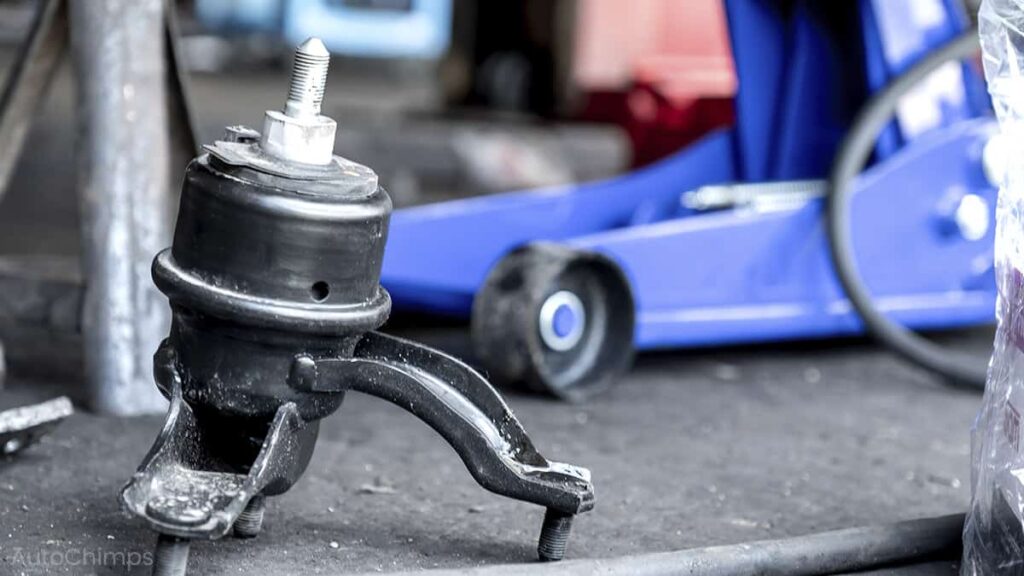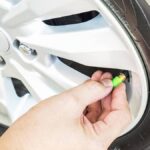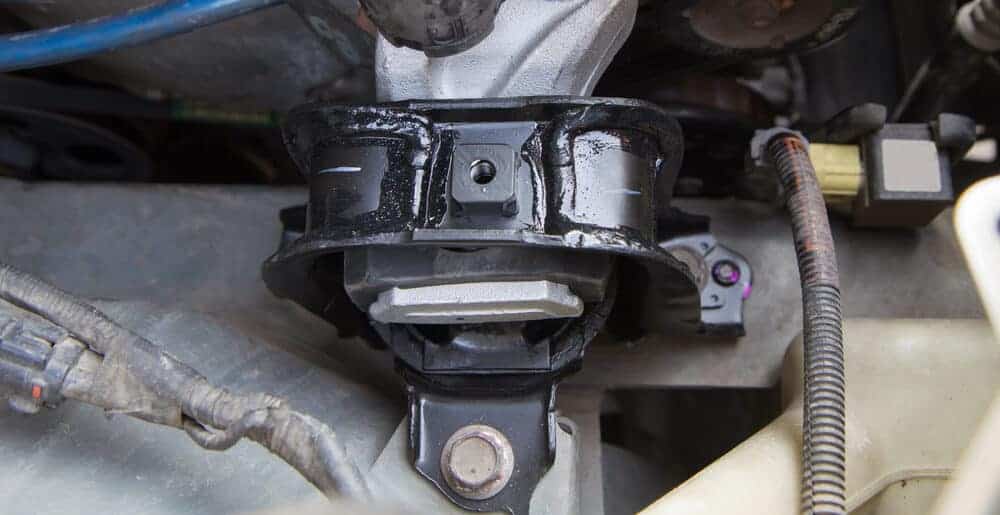

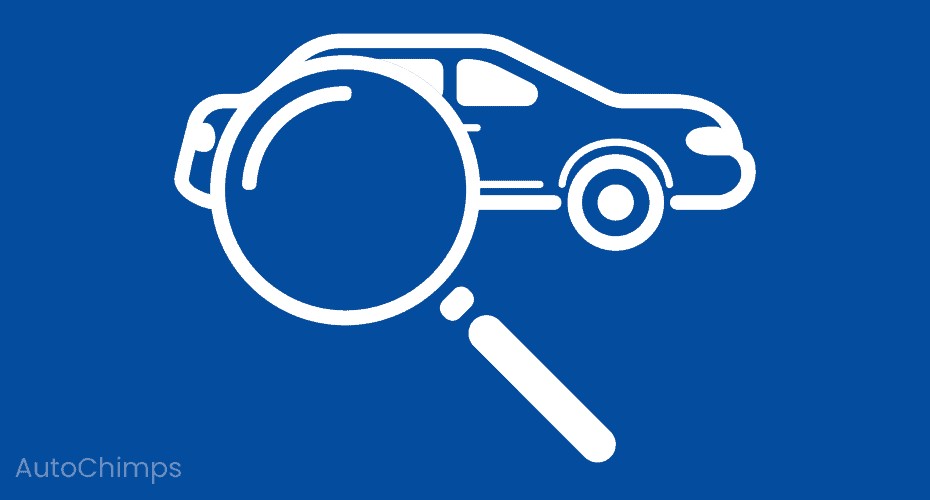
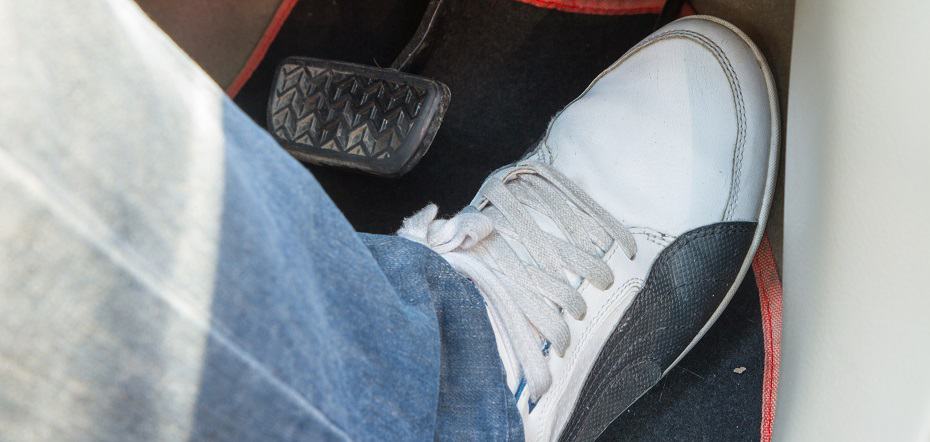



Driving with a Bad Motor Mount: What You Need to Know
If a motor mount is acting up, it’s natural to wonder how serious the issue really is. Can the car still be driven, or is it just a matter of time before the engine decides to make a break for it?
What’s a Motor Mount Anyway?
Motor mounts, or engine mounts as they’re often called, are the unsung heroes that keep the engine secured in place. Think of them as the cushioning that absorbs all those nasty vibrations. Without them, the engine would be bolted straight to the chassis, and trust me, that would make for one loud and bumpy ride.
Typically made from tough rubber, motor mounts offer a solid mix of durability and flexibility, soaking up vibrations like a sponge. They come in various shapes and sizes, specifically designed for different engines and vehicles, so they’re not one-size-fits-all.
How Do Motor Mounts Go Bad?

Motor mounts don’t just break overnight; they wear out over time. Heat from the engine and grime from the road can lead to dry rot, causing them to crumble. If your car has hydraulic or vacuum mounts, a crack can render them useless.
Sometimes, a hard hit—like hitting a pothole or getting into a fender bender—can do them in. But most of the time, it’s just the aging process at work.
Signs of a Bad Motor Mount
So, how can it be determined if a motor mount is on its last legs? The car might still have power, but the ride will feel rougher.
Vibrations Galore

If the engine block drops onto the frame because of a bad mount, expect vibrations to travel straight through the chassis. Instead of being absorbed, they’ll rattle the whole car, making every bump feel like a mini earthquake.
Clunks and Jolts

If the car feels like it’s jumping when accelerating or changing gears, that’s a red flag. The engine should shift smoothly, but a faulty mount can cause it to thud and jolt, making the ride uncomfortable.
Engine ‘Jumping’ on Start

When starting the car, if there’s a noticeable jolt, that’s another sign. The engine should start smoothly, but a bad mount can cause it to jerk as it fights against the chassis.
Visual Inspection

A quick peek under the hood can reveal a lot. Look for any visible damage to the mounts or if the engine is leaning to one side. If unsure, a mechanic can help diagnose the issue without any pressure to fix it right away.
Can You Drive with a Broken Motor Mount?

Technically, it’s possible to drive with a broken motor mount. It might not be a joyride, but it shouldn’t lead to disaster. Still, that doesn’t mean it’s a good idea to ignore it. The longer it’s left, the more damage could occur to other parts of the engine and transmission.
How Long Can You Drive with Broken Motor Mounts?

While it’s possible to keep driving, it’s best to get those mounts fixed as soon as possible. Instead of asking how long can it be driven, the focus should be on how quickly it can be repaired. Delaying repairs can lead to a more expensive fix down the road.
How Much Does It Cost to Repair a Motor Mount?
Costs can vary widely based on the vehicle and the specific mount needed. Aftermarket mounts can range from $15 to $150, while manufacturer-approved versions typically run between $100 and $400. If multiple mounts are broken, it might be worth considering a full set replacement for cost efficiency.
For those who are handy, DIY replacement is an option, but it’s safer to leave it to the pros. A mechanic can get the job done in a few hours, with total costs often landing around $400, including parts and labor.

